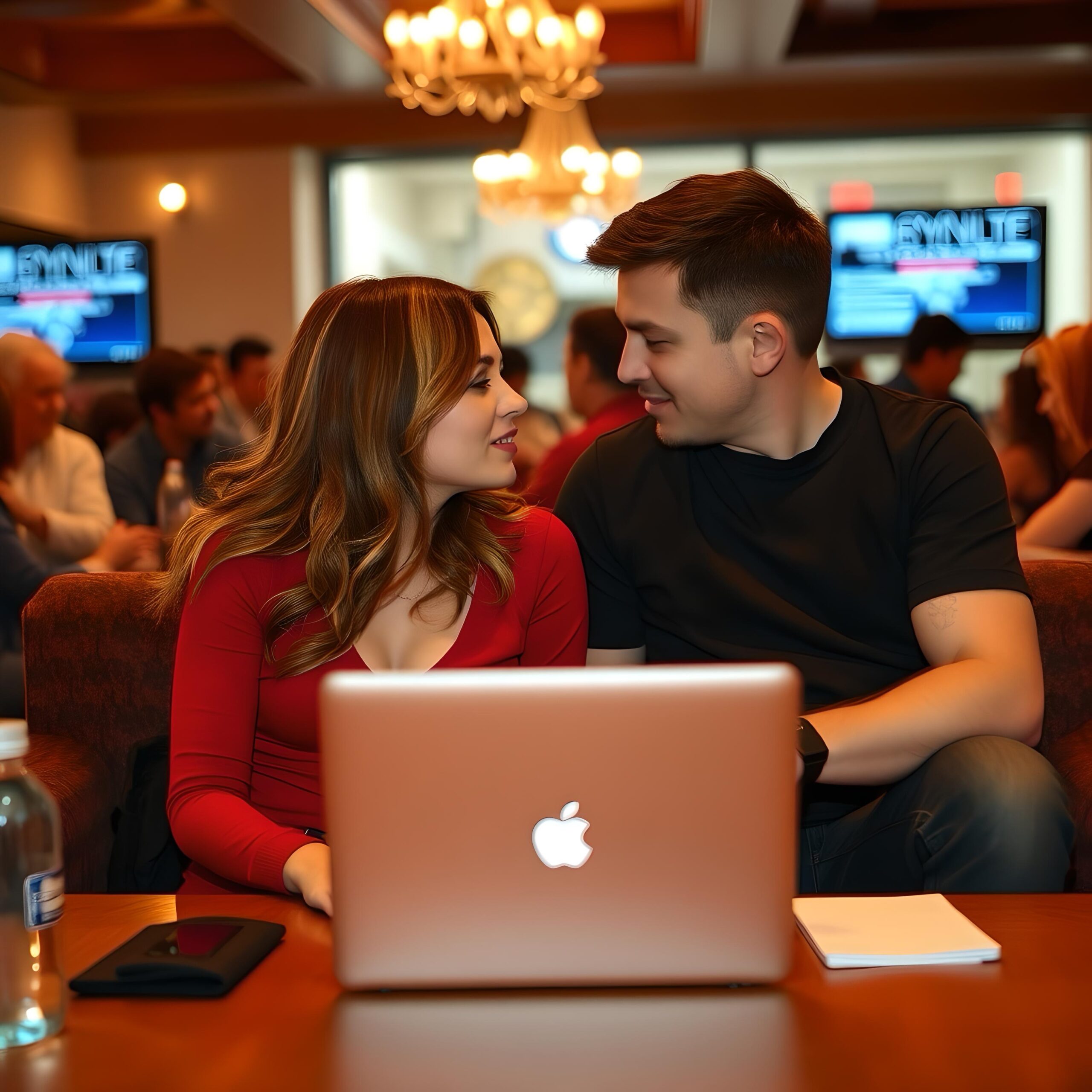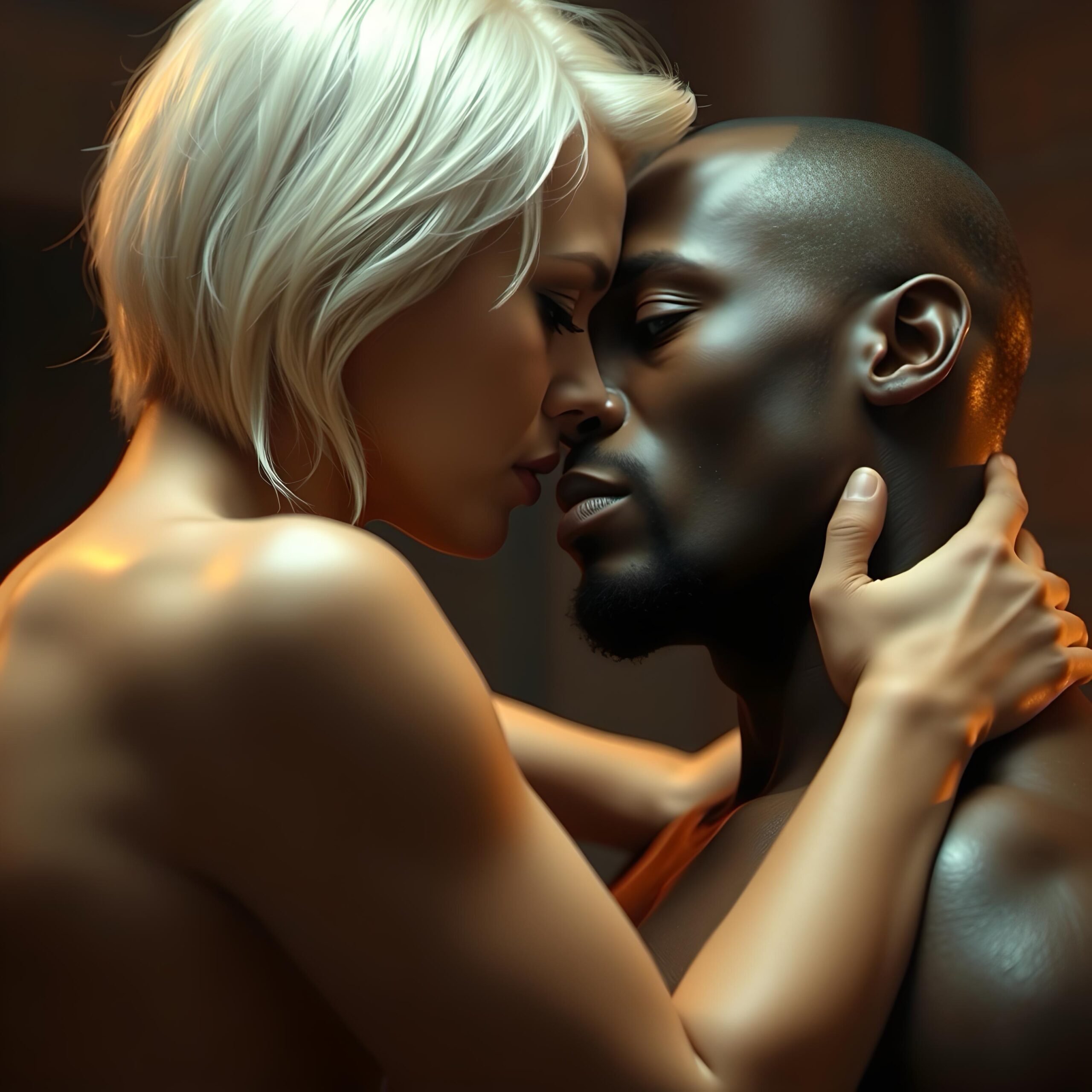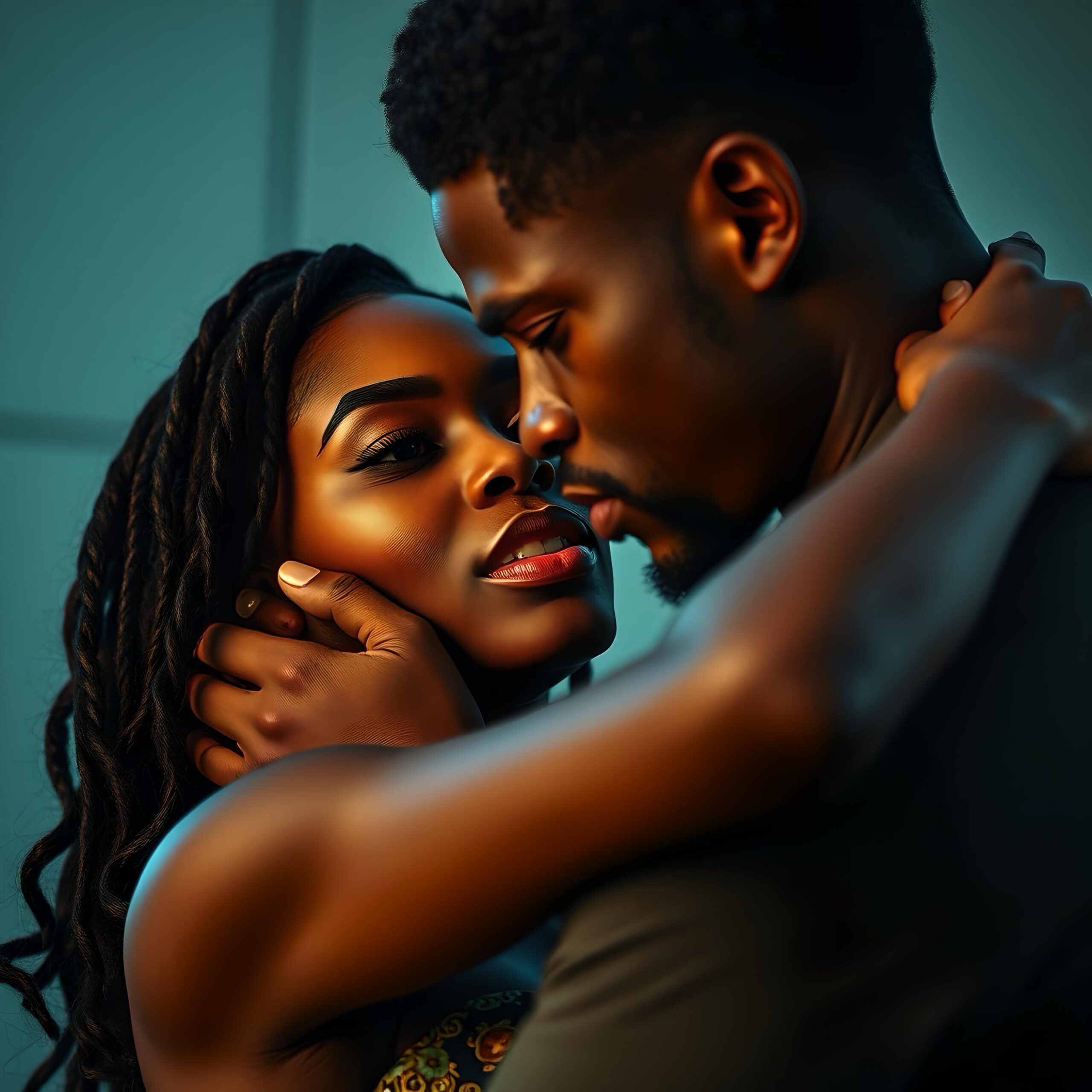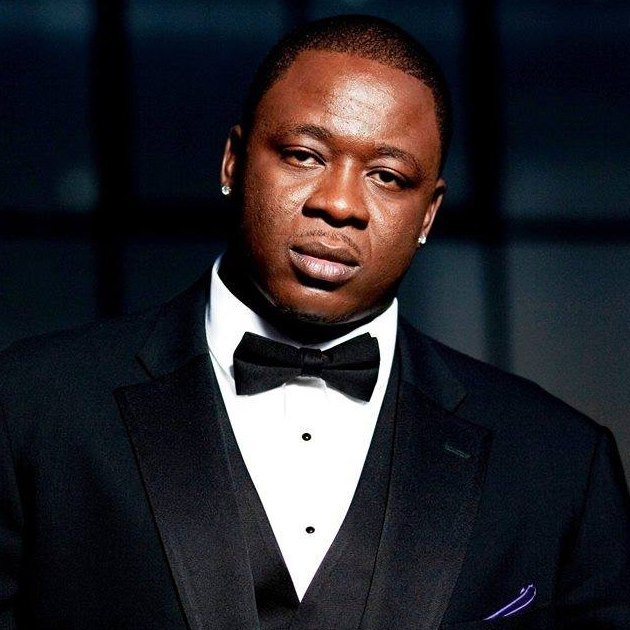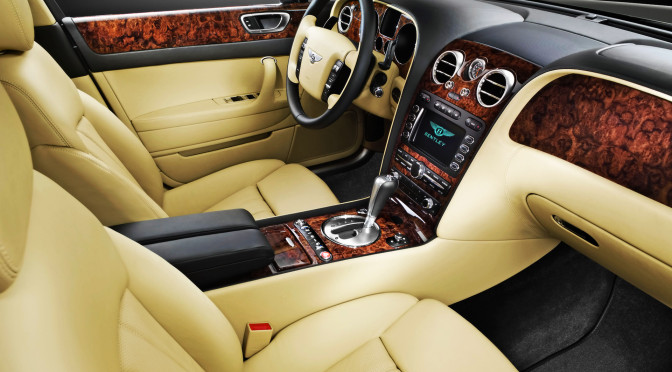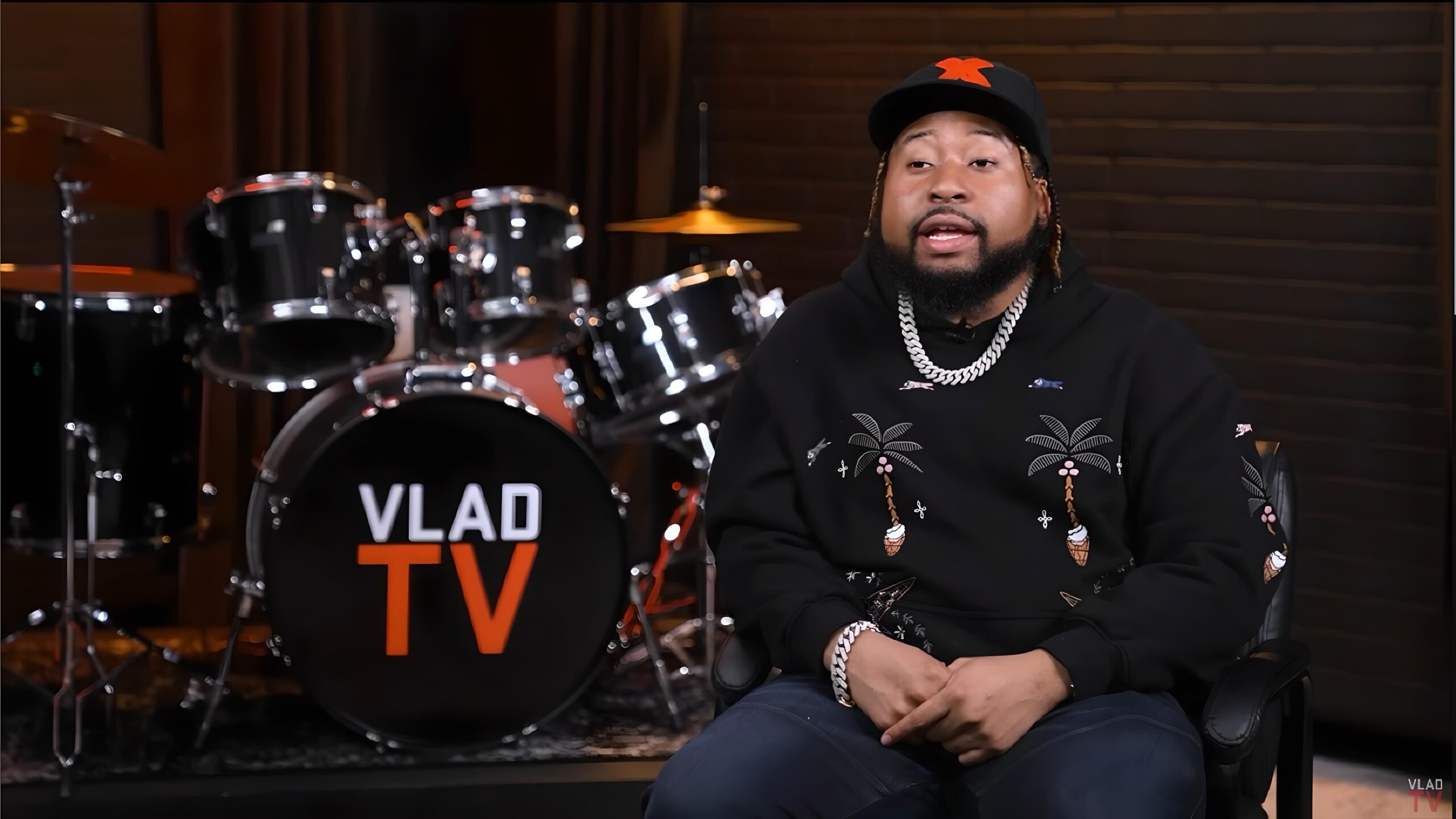Dating in the United States has undergone a dramatic shift. Terms like “catcalling” and “harassment” were previously inconceivable for women. Between 2000 and 2003, during the cultural rise of “Sex and the City,” a more casual approach to intimacy emerged, with the “friends with benefits” mindset becoming popular among women. This represented a form of sexual liberation. Additionally, the archetypal male of that time (dressed in a turtleneck, Chelsea boots, and denim, while driving brands like Nissan, Audi, or Acura) spawned an image of readily accessible possibilities with liberated women. Bars across America, resonating with rock or country music, buzzed with stylish women in heels and form-fitting outfits, eager to make new connections.
A simple introduction, a few drinks, and an engaging conversation could lead two strangers to an evening of spontaneous, consensual, unprotected sex. This illustrates the American dating culture during the 2000s, where casual intimacy, usually fueled by alcohol, drugs, and themes of romance and hookups in R&B, pop, and country music, took precedence over the possibility of developing a serious relationship. Similarly, LGBTQIA+ spaces may offer similar opportunities for casual encounters. Imagine a gay, lesbian, or transgender bar; it could efficiently serve as a fertile ground to find a one-night stand connection for uncomplicated physical intimacy. Is it possible that a climate of exaggerated fear surrounding sexual assault pervades LGBTQIA+ communities?
Online dating exploded by 2006. Long gone was the fear of that proverbial “hairy fat dude” in the basement, looking for a date on the internet. Or the demented serial killer lurking on the web. Attractive male profiles were inundated with flirty messages from enthusiastic women, eager for a rendezvous. Many women journeyed considerable distances, initiating contact that progressed rapidly from convivial dinners to intimate relations. The dynamic shifted subtly from 2007 to 2012. Many women became proactive, initiating licentious exchanges and readily accommodating male sexual interests (drinking and erotic dancing). Explicit conversations, suggestive innuendos, and unsolicited nude imagery from women became commonplace.
The majority of women in the dating culture back then were not just down to fuck. In many instances, they initiated the moments of intimacy. These encounters sometimes blossomed into exclusive romantic relationships, some of which led to children. It evolved from spontaneous liaisons into planned getaways. Typical scenarios included shared movie rentals from Blockbuster, fast-food excursions (Pizza Hut, Domino’s, Chinese takeout), liquor store runs (E&J Brandy, Alize, Baylies Irish Cream, Hennessey, Mike’s Hard Lemonade or beer), peppered passionate weekends spent in rented motel and hotel rooms or the comfort of one of their cozy apartments. Between 2000 and 2012, American dating was very different from what we see today.
Now, let’s be clear, I find the current trend of extreme sexual acts (ass licking, piss drinking, freak offs) disturbing. The era I recall, while exhibiting a more relaxed attitude toward casual sex, was relatively tamed. Oral sex was optional, but intercourse generally included conventional positions (missionary, doggie, cowgirl, etc). Many couples prioritized tender affection. We shared French kisses, holding hands, expressing closeness through cuddling, and even falling asleep in each other’s arms. At the heart of it was sexual tension. There was also a hint of genuine connection and affection. Weekends, typically commencing Friday evening and concluding Sunday night (sometimes stretching into Monday’s dreary dawn), became the focal point of romantic activities.
Physical intimacy started far earlier than in previous generations. Extended getaways and romantic road trips, which punctuated the relationship every few months, were not uncommon. The protracted courtship rituals (dating and courting for months before intimacy) of yesteryear were largely obsolete. Intimacy frequently transpired on the first date, or even before a formal date. This period witnessed a seismic shift, a pronounced acceleration of the pace of modern romance. Victoria’s Secret, a leading lingerie brand, was flourishing. Women were purchasing a variety of alluring underwear (bras and panties, camisoles and shorts, babydolls, bodysuits, and crotchless and cupless) of various colors and designs to impress the alpha men they admired.
Most men had numerous options when it came to dating women in those days. He could chat with women at his university or workplace, engage with new faces and personalities at bars or nightclubs, or approach them in various places, such as the street, a gas station, a gym, a shopping mall, or a grocery store. All a man needed was the proper cultural awareness and the guts to make the stop. Often, if he wore a leather jacket, stayed attuned to trends, drove a Honda or Volkswagen, and played enjoyable music, most women were inclined to join him for outings. As a result, motels and hotels, beach boardwalks, Blockbuster, Dave & Buster’s, and Olive Garden were bustling with activity on weekends. Back then, women couldn’t resist a dinner date proposal at Olive Garden.
Barnes & Noble featured signature buildings that functioned as both bookstores and cafes. You could relax in the inviting lounge, read, and return the book to the shelf. Couples would pick a book, read a few pages, kiss, share some fantasies, and keep looking around. This was where singles also met the elegant patrons in cashmere sweaters and turtlenecks: professors, writers, doctors, or politicians. If you could spot someone intriguing, take the initiative to catch their attention. When there’s mutual attraction, several exciting dates might occur shortly. In the same shopping complex as Barnes & Noble, you would find a Bed, Bath & Beyond, Walmart, Blockbuster, Dave & Buster’s, and chain restaurants like TGI Fridays, IHOP, or Red Lobster. A Hilton or Embassy Suites hotel would be conveniently located across the highway. If a connection blossomed at Barnes & Noble? That intriguing woman you seduced could transform into your dedicated girlfriend for years.
